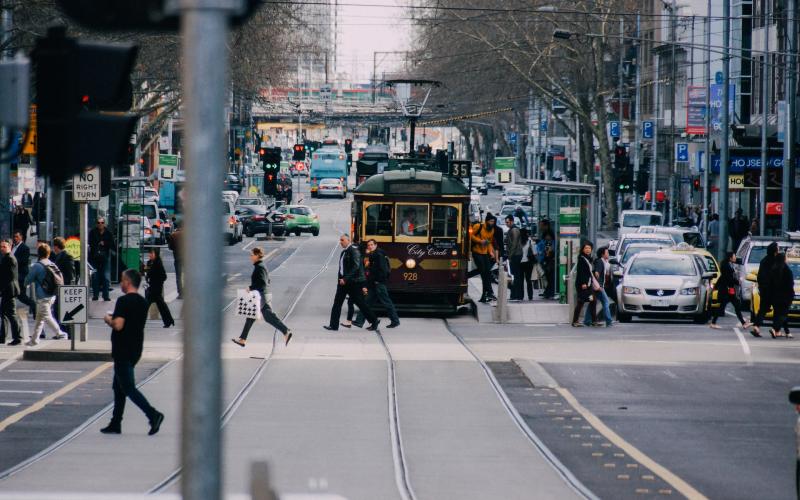Australian Bureau of Statistics data shows household spending jumped 5.4% for non-discretionary items, led by transport and health, last year but was 0.6% lower for ‘optional’ purchases.
Spending on services led the surge, up 6.6%, while goods spending fell 1.4% over 2023.
The latest monthly household spending figures show discretionary spending trended strongly downward last year, as cost-of-living pressures took hold.
The biggest falls were on recreation and culture and furnishing and household equipment.
Spending overall rose in every state and territory with Western Australia and Northern Territory seeing the largest hikes at 4.5% followed by South Australia at 2.8%.
Most states and territories recorded lower spending growth rates than in November, with South Australia seeing the biggest drop off.
Data shows true cost-of-living squeeze
ABS' figures are in line with previous data showing increases in annual living costs ranged from 4% to 6.9% depending on household make-up.
This was notably more than the 4.1% increase measured in Consumer Price Index (CPI) over the same period.
Employee households bore the brunt of the cost-of-living increases in the 2023 calendar year, the ABS found, with their living costs rising 6.9%.
The ABS said this had eased from a peak of 9.6% in the June 2023 quarter.
Self-funded retiree households experienced the smallest increase in living costs, coming in lower than other households and the CPI.
Insurance and financial services drive costs
The ABS said insurance and financial services, house and food and non-alcoholic beverages were the main contributors to cost increases across the household types.
The ABS’s head of price statistics Michelle Marquardt said increases in insurance costs ranged from 16.6% to 17.3% annually and were the highest on record amongst all household types.
“Higher insurance premiums across house, home contents, and motor vehicles contributed to the increase,” she said.
“Higher prices for rents, reflecting a tight rental market, and meals out and takeaway food also contributed to rises in living costs.”
A significant difference between the Living Cost Index and the CPI is that the former includes interest on mortgages rather than the cost of building new homes.
Interest rates bite wage earners
Employee households were most affected by rising interest rates in 2023. They formed the largest part of their spending than for other household types.
“Mortgage interest charges rose 40.3% annually, down from a peak of 91.6% in the 12 months to the June 2023 quarter,” Ms Marquardt said.
Although interest rate rises had slowed towards the end of 2023, previous rate increases and the rollover of some fixed rate loans to higher variable rates contributed to the rises, the data showed.
Employee households recorded one of the largest quarterly rises in living costs with a 1.1% increase in the December quarter.
"The Living Cost Index (LCI) is a better cost‑of‑living measure and differs from the CPI primarily via its approach to housing costs and financial services," CBA economist Stephen Wu said.
"Perhaps more importantly the CPI does not include changes in mortgage interest rates. The RBA’s rapid tightening cycle has led to large increases in mortgage interest charges that are not captured in the CPI.
Tobacco drawback
A rise in tobacco prices also showed up in the latest data, particularly hitting households receiving social security where tobacco accounts for a higher proportion of spending than in other household types.
Tobacco prices jumped 7% after federal government changes to tobacco excise indexation took effect in September.
Image by Weyne Yew on Unsplash



 Denise Raward
Denise Raward
 Harry O'Sullivan
Harry O'Sullivan




